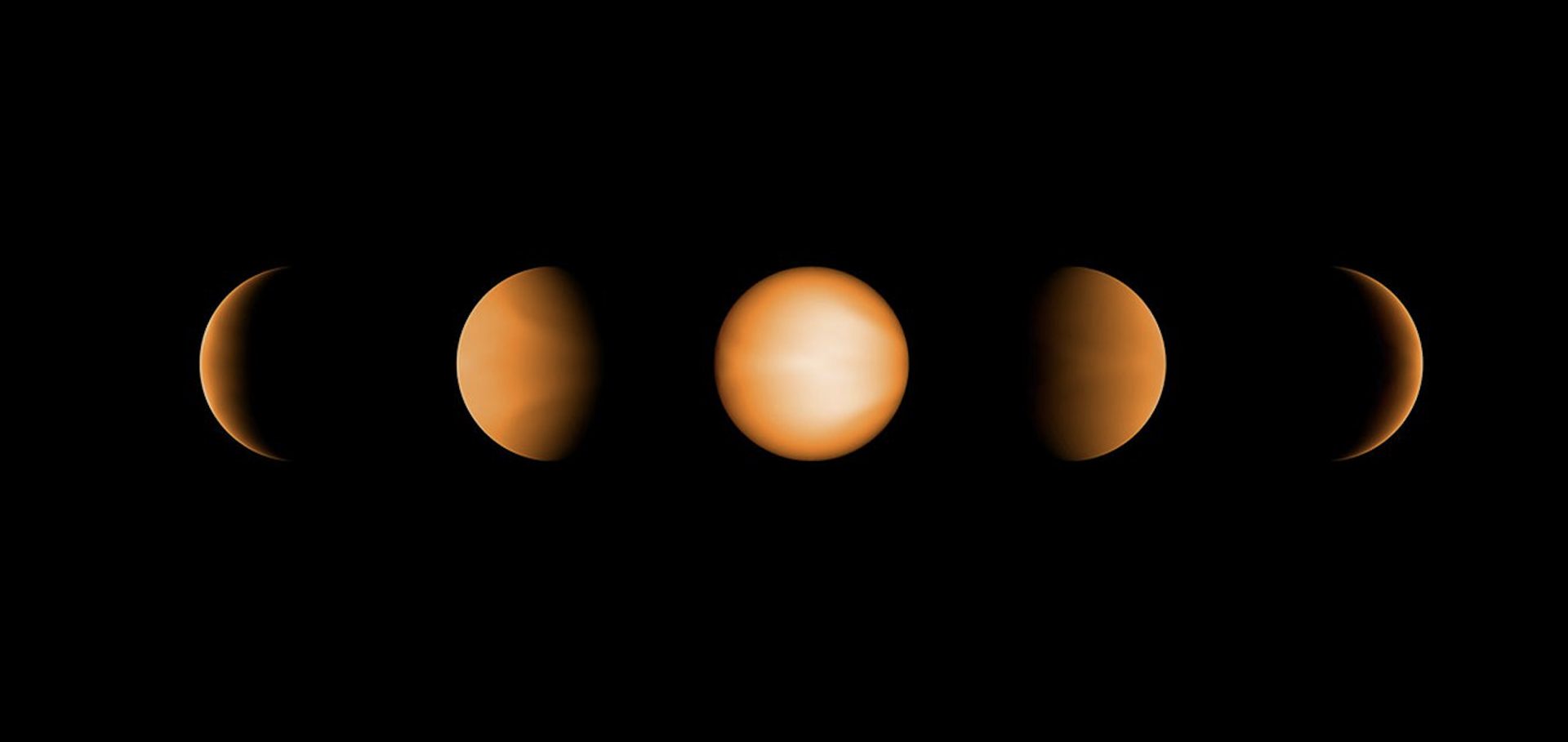Atmospheric dynamics of hot giant planets and brown dwarfs
Space Science Reviews Springer 216:8 (2020) 139
Abstract:
Groundbased and spacecraft telescopic observations, combined with an intensive modeling effort, have greatly enhanced our understanding of hot giant planets and brown dwarfs over the past ten years. Although these objects are all fluid, hydrogen worlds with stratified atmospheres overlying convective interiors, they exhibit an impressive diversity of atmospheric behavior. Hot Jupiters are strongly irradiated, and a wealth of observations constrain the day-night temperature differences, circulation, and cloudiness. The intense stellar irradiation, presumed tidal locking and modest rotation leads to a novel regime of strong day-night radiative forcing. Circulation models predict large day-night temperature differences, global-scale eddies, patchy clouds, and, in most cases, a fast eastward jet at the equator—equatorial superrotation. The warm Jupiters lie farther from their stars and are not generally tidally locked, so they may exhibit a wide range of rotation rates, obliquities, and orbital eccentricities, which, along with the weaker irradiation, leads to circulation patterns and observable signatures predicted to differ substantially from hot Jupiters. Brown dwarfs are typically isolated, rapidly rotating worlds; they radiate enormous energy fluxes into space and convect vigorously in their interiors. Their atmospheres exhibit patchiness in clouds and temperature on regional to global scales—the result of modulation by large-scale atmospheric circulation. Despite the lack of irradiation, such circulations can be driven by interaction of the interior convection with the overlying atmosphere, as well as self-organization of patchiness due to cloud-dynamical-radiative feedbacks. Finally, irradiated brown dwarfs help to bridge the gap between these classes of objects, experiencing intense external irradiation as well as vigorous interior convection. Collectively, these diverse objects span over six orders of magnitude in intrinsic heat flux and incident stellar flux, and two orders of magnitude in rotation rate—thereby placing strong constraints on how the circulation of giant planets (broadly defined) depend on these parameters. A hierarchy of modeling approaches have yielded major new insights into the dynamics governing these phenomena.Mineral cloud and hydrocarbon haze particles in the atmosphere of the hot Jupiter JWST target WASP-43b
Astronomy & Astrophysics EDP Sciences 641 (2020) A178-A178
Abstract:
A transition between the hot and the ultra-hot Jupiter atmospheres
Astronomy & Astrophysics EDP Sciences 639 (2020) a36
Strong biases in retrieved atmospheric composition caused by day–night chemical heterogeneities
Astronomy & Astrophysics EDP Sciences 636 (2020) a66
Understanding the atmospheric properties and chemical composition of the ultra-hot Jupiter HAT-P-7b
Astronomy & Astrophysics EDP Sciences 635 (2020) a31


